Your opportunity to enter and spread in global markets
Discovery MorePremium Lentil – Rich in Protein, Fiber, and Natural Goodness
Product Description – Premium Lentil
Discover the natural goodness of our premium lentil, a pantry essential cherished for its exceptional nutrition, versatility, and rich flavor. Sourced from fertile fields and harvested at peak maturity, each lentil is carefully selected to ensure consistent quality and superior taste.
The lentil is a powerhouse of plant-based protein, making it an ideal choice for vegetarians, vegans, and health-conscious individuals. With its high fiber content, this humble legume supports digestion, promotes heart health, and helps stabilize blood sugar levels.
Whether you’re preparing a hearty soup, a creamy curry, a vibrant salad, or a nourishing stew, the lentil adapts effortlessly to every cuisine. It cooks quickly, absorbs flavor beautifully, and delivers a satisfying, earthy bite with every serving.
Our lentil is naturally gluten-free, non-GMO, and free from artificial additives, making it a clean and wholesome ingredient for families and food professionals alike. It’s also low in fat and rich in iron, magnesium, and essential B vitamins.
Enjoy the lentil as a main course or side dish, or blend it into dips, patties, or spreads for a creative plant-based twist. It’s a smart and sustainable choice that fits perfectly into modern, mindful lifestyles.
From traditional dishes to contemporary wellness recipes, the lentil brings nourishment and comfort to your kitchen. Its long shelf life, quick cooking time, and incredible nutrition make it a must-have in every home.
Choose nature’s superfood. Choose the trusted quality of our premium lentil — where taste meets nourishment.
Yarin
Description
Lentil: An Ancient Superfood with Modern Purpose
In the rich tapestry of human history, few foods have stood the test of time like the lentil. From ancient civilizations to modern kitchens, the lentil has remained a cornerstone of nourishment, resilience, and culinary versatility. Revered for its simplicity, respected for its nutrition, and cherished for its adaptability, the lentil is more than a humble legume — it’s a global superfood with centuries of heritage behind it.
This section explores the origins, history, and varieties of lentil, uncovering how this powerful pulse continues to feed nations, enrich diets, and inspire chefs across cultures.
1.1 What Is a Lentil?
The lentil is a small, lens-shaped legume belonging to the botanical family Fabaceae. Its name is derived from the Latin word lens, referring to its distinctive round and flattened shape. Cultivated for thousands of years, the lentil is a staple in both traditional and modern diets due to its rich nutrient profile, short cooking time, and remarkable versatility.
Unlike many other legumes, the lentil does not require soaking before cooking, making it ideal for quick, healthy meals. It is commonly consumed in soups, stews, curries, salads, and as a plant-based protein alternative in burgers, dips, and grain bowls.
The lentil is celebrated not only for its flavor and texture but also for its ability to enrich soil with nitrogen during growth, making it an environmentally sustainable crop.
1.2 Origins and History of the Lentil
The lentil holds a place of honor as one of the world’s oldest cultivated crops. Archaeological evidence dates its domestication back over 9,000 years in the Fertile Crescent, a region that includes modern-day Turkey, Syria, Iraq, and Iran.
Ancient Mesopotamians, Egyptians, and Greeks all consumed lentils as a primary source of nourishment. In Egypt, lentils were found in the tombs of pharaohs, symbolizing sustenance for the afterlife. In the Bible, lentil stew is famously mentioned in the story of Esau and Jacob. In ancient India, lentils formed the foundation of dal, a dish still central to South Asian cuisine today.
The spread of the lentil across Asia, Europe, and North Africa was facilitated by trade, migration, and empire-building. Its hardiness in poor soil, tolerance to drought, and high nutritional value ensured that it remained a valuable crop through centuries of human civilization.
1.3 Global Cultivation and Production
Today, lentils are grown in over 70 countries around the world. The leading producers include:
-
Canada – The largest exporter globally, especially of red and green lentils
-
India – The largest consumer and significant producer of various lentil varieties
-
Turkey, Australia, Nepal, and the United States – Key players in both export and domestic consumption
The popularity of lentil continues to rise, driven by increasing demand for plant-based proteins, gluten-free diets, and sustainable agriculture.
1.4 Types of Lentils: Variety in Every Spoonful
Not all lentils are created equal. There are several types, each offering unique textures, colors, and culinary applications. Understanding these varieties is essential for choosing the right lentil for every dish.
🔸 Brown Lentils
-
Most common type globally
-
Earthy flavor and soft texture
-
Ideal for soups, stews, and side dishes
-
Holds shape moderately during cooking
🔸 Green Lentils
-
Slightly peppery flavor
-
Firmer texture
-
Excellent in salads and warm bowls
-
Includes French Green Lentils (Lentilles du Puy) known for their rich, nutty taste and firm bite
🔸 Red and Yellow Lentils
-
Mild, sweet flavor
-
Split and dehulled
-
Cook quickly, become soft and mushy
-
Perfect for purees, dal, soups, and baby food
-
Often used in Middle Eastern and Indian dishes
🔸 Black Lentils (Beluga Lentils)
-
Tiny, round, shiny — resemble caviar
-
Rich, earthy taste
-
Hold shape well, ideal for salads and elegant plating
-
High in antioxidants
🔸 Masoor Dal / Split Red Lentil
-
Popular in South Asian cuisine
-
Quick-cooking and easily digestible
-
Used in creamy dals and lentil soups
Each type of lentil offers different culinary benefits, and many dishes are built around the texture and color of the lentil used. Some varieties dissolve into silky stews, while others add bite and color to cold salads.
1.5 Lentil in Cultural Cuisines
The lentil transcends borders and cuisines. Across continents, cultures have built staple meals around the lentil, using it to provide affordable nutrition and comfort food that satisfies every appetite.
🌍 Middle East and North Africa
-
Mujaddara (lentils with rice and caramelized onions)
-
Lentil soup with cumin and lemon
-
Popular during Ramadan and cold months
🌏 India and South Asia
-
Dal (spiced lentil stew served with rice or flatbread)
-
Sambar (lentil and vegetable curry)
-
Khichdi (lentils cooked with rice and mild spices)
🌎 Europe and the Americas
-
Lentil stew with sausages in France and Spain
-
Vegetarian chili with lentils in North America
-
Lentil salads with vinaigrette and herbs in Mediterranean cuisine
🌐 Africa and Latin America
-
Lentil curry served with injera in East Africa
-
Arroz con lentejas (lentils with rice) in Latin America
Wherever you travel, you’ll find the lentil — adapted to local flavors and cooking traditions, yet always delivering reliable, affordable nutrition.
1.6 The Lentil in Modern Health Movements
The global health and wellness industry has rediscovered what ancient civilizations already knew — the lentil is a nutritional goldmine. In modern diets, lentils have found renewed purpose in:
-
Plant-based eating
-
Vegan and vegetarian protein alternatives
-
Gluten-free diets
-
Low-glycemic-index meals for blood sugar control
-
Whole-food diets focusing on unprocessed ingredients
As sustainability becomes a growing concern, lentils also shine for their low environmental footprint. They require less water than animal protein, enrich the soil, and emit fewer greenhouse gases — making them a model crop for the future.
1.7 Summary: The Ancient Legume with Timeless Relevance
From the fertile fields of Mesopotamia to the dinner tables of the modern world, the lentil has carved out a unique legacy. With countless varieties, universal appeal, and profound health benefits, it continues to meet the demands of both tradition and innovation.
In the next section, we’ll dive deep into the nutritional value and health benefits of the lentil — examining what makes this small seed one of the most powerful foods in the plant kingdom
Benefits of Lentil
The lentil, though small in size, delivers immense nutritional value. Packed with essential vitamins, minerals, and plant-based compounds, this humble legume plays a vital role in supporting whole-body health. As consumers become more conscious of what they eat, the lentil stands out as a nutrient-dense, cost-effective, and sustainable option for individuals and families alike.
In this section, we’ll explore the detailed nutritional content of the lentil and uncover its extensive health benefits — from improving digestion to promoting heart and brain health.
2.1 Core Nutritional Composition of Lentil
The lentil is celebrated for being a balanced source of macronutrients and micronutrients. Here’s an overview of the nutritional value per 100 grams of cooked lentil:
| Nutrient | Amount | Function |
|---|---|---|
| Calories | ~116 kcal | Provides sustainable energy |
| Protein | 9.0 g | Supports muscle growth and tissue repair |
| Carbohydrates | 20.0 g | Source of steady energy |
| Dietary Fiber | 7.9 g | Promotes digestion and satiety |
| Fat | 0.4 g | Extremely low, heart-friendly |
| Iron | 3.3 mg (18% DV) | Boosts oxygen transport and combats fatigue |
| Folate (B9) | 181 mcg (45% DV) | Essential for cell development and prenatal health |
| Magnesium | 36 mg (9% DV) | Supports muscles and nerves |
| Potassium | 369 mg (10% DV) | Regulates blood pressure and fluid balance |
| Zinc | 1.3 mg (12% DV) | Enhances immunity and wound healing |
| Vitamin B1 (Thiamine) | 0.17 mg (15% DV) | Assists in energy metabolism |
| Manganese | 0.49 mg (24% DV) | Important for bone formation and antioxidant defense |
The lentil offers a strong balance of nutrients with minimal fat content, making it ideal for health-conscious consumers.
2.2 A Powerful Plant-Based Protein Source
For individuals following vegetarian, vegan, or flexitarian diets, the lentil is one of the best plant-based sources of protein. It contains all nine essential amino acids, although some are present in smaller amounts, making it even more effective when combined with grains like rice or quinoa.
Benefits of lentil protein:
-
Enhances muscle repair and strength
-
Helps maintain satiety (fullness)
-
Supports metabolism and hormone balance
Unlike red meat, the lentil provides protein without cholesterol, saturated fat, or environmental burden.
2.3 Fiber-Rich for Digestive Health
With nearly 8 grams of fiber per serving, the lentil is considered a high-fiber food that promotes optimal digestive health.
Benefits of lentil fiber include:
-
Supports regular bowel movements
-
Prevents constipation
-
Feeds healthy gut bacteria (prebiotic effect)
-
Reduces the risk of colorectal cancer
-
Helps regulate appetite and blood sugar levels
Fiber also helps slow the absorption of carbohydrates, making the lentil an excellent food choice for individuals managing diabetes or insulin resistance.
2.4 Heart Health and Cholesterol Regulation
The lentil plays a protective role in cardiovascular health due to its high content of soluble fiber, potassium, and magnesium.
Here’s how lentils support a healthy heart:
-
Soluble fiber binds to cholesterol and helps excrete it, reducing LDL (bad cholesterol)
-
Potassium regulates blood pressure by balancing sodium levels
-
Magnesium supports healthy heart rhythm and arterial function
-
Low in sodium and virtually fat-free
Regular consumption of lentils is associated with reduced risk of stroke, heart attack, and hypertension.
2.5 Blood Sugar Control and Diabetes Support
The lentil has a low glycemic index (GI), meaning it causes only a slow, gradual rise in blood sugar after meals. This makes it a valuable food for people with:
-
Type 2 diabetes
-
Pre-diabetes
-
Metabolic syndrome
By slowing the digestion of starches and sugars, lentils help:
-
Maintain steady energy levels
-
Reduce insulin spikes
-
Improve long-term glycemic control
When combined with other low-GI foods, the lentil becomes an essential component of blood-sugar-friendly meals.
2.6 Folate for Cell Growth and Pregnancy
One of the most significant micronutrients in lentils is folate (vitamin B9). It’s vital for:
-
Red blood cell formation
-
DNA synthesis
-
Healthy pregnancy and fetal development
Expecting mothers are especially encouraged to consume lentils, as folate helps prevent neural tube defects in the developing baby. Just one cup of cooked lentils provides over 90% of the recommended daily intake of folate.
2.7 Iron for Energy and Oxygen Transport
Iron is a crucial mineral that helps form hemoglobin, the protein in red blood cells that carries oxygen. The lentil is one of the best plant sources of non-heme iron.
Benefits of iron from lentils:
-
Helps combat fatigue
-
Prevents iron-deficiency anemia
-
Supports physical performance and cognitive function
While non-heme iron is less easily absorbed than animal-based (heme) iron, its absorption can be improved by consuming lentils with vitamin C-rich foods like tomatoes, bell peppers, or citrus fruits.
2.8 Bone Strength and Mineral Density
The lentil contains several minerals that contribute to bone health, including:
-
Magnesium – helps absorb calcium
-
Zinc – aids bone repair and renewal
-
Manganese – supports collagen formation
-
Phosphorus – critical for skeletal strength
These nutrients make lentils particularly beneficial for individuals at risk of osteoporosis or bone loss.
2.9 Weight Management and Satiety
The high protein and fiber content in lentils promotes fullness and satiety, making it easier to:
-
Control appetite
-
Avoid unnecessary snacking
-
Reduce overall calorie intake
Despite being low in fat, the lentil delivers a sense of satisfaction that rivals meat-based meals. It’s an excellent component in weight-loss and weight-maintenance diets.
2.10 Immune System Support
Lentils are rich in zinc, iron, and B vitamins, all of which contribute to a strong immune response.
Zinc is particularly essential for:
-
White blood cell production
-
Healing and inflammation control
-
Fighting infections
Iron supports immune cells’ ability to carry oxygen and respond to pathogens. Together, these nutrients make the lentil a year-round immunity booster.
2.11 Brain Function and Cognitive Clarity
Thanks to its content of B vitamins, iron, and magnesium, the lentil supports neurological health and mental focus.
-
Folate and B1 (thiamine) play a role in neurotransmitter production
-
Iron ensures oxygen reaches brain tissues
-
Magnesium calms the nervous system and aids memory
Including lentils in your diet may help reduce mental fatigue, improve mood, and enhance long-term cognitive health.
2.12 Low Allergenicity and Digestibility
Compared to other legumes, the lentil is:
-
Easier to digest
-
Less likely to cause gas or bloating
-
Rarely allergenic
This makes it a preferred choice for people with sensitive stomachs, children, and older adults. Soaking or sprouting lentils can further improve their digestibility and mineral absorption.
Conclusion of Part 2: Nutritional Value Beyond Measure
The lentil is a nutritional marvel that supports health at every level — from digestion and immunity to heart and brain function. It fuels the body naturally and nourishes the mind without adding unnecessary calories or chemicals.
In the next section, we will explore how lentils are grown, harvested, and processed into the many forms available on the market — giving you insight into what makes this small seed such a mighty force in the food world
Lentil Cultivation, Harvesting, and Commercial Forms
From the fertile fields of traditional farming regions to high-tech agricultural operations, the journey of the lentil from seed to shelf is one of precision, sustainability, and care. As one of the oldest cultivated legumes in the world, the lentil has adapted to various climates and farming techniques — yet remains rooted in simple, natural processes.
In this section, we will explore how the lentil is grown, harvested, processed, and transformed into various commercial forms that meet the needs of global consumers and modern food systems.
3.1 Ideal Conditions for Lentil Cultivation
The lentil is a cool-season crop known for its ability to grow in semi-arid environments and marginal soils. This makes it a valuable resource for regions where other high-input crops struggle.
✅ Key Requirements for Growing Lentils:
-
Climate: Temperate or semi-arid with cool nights
-
Soil: Well-drained loamy or clay soils with moderate fertility
-
Rainfall: Moderate; lentils are drought-tolerant but need moisture during germination and early growth
-
pH level: Slightly acidic to neutral (6.0–7.5)
Lentil plants are nitrogen-fixing, which means they enrich the soil by converting atmospheric nitrogen into a form usable by plants. This reduces the need for chemical fertilizers and makes lentils perfect for crop rotation systems with cereals like wheat and barley.
3.2 Planting and Growing Cycle
🔹 Sowing
Lentil seeds are usually sown in early spring or late fall, depending on the region. The seeds are broadcast or drilled at a depth of 1–2 inches, with spacing optimized to reduce competition and increase air flow, minimizing the risk of fungal diseases.
🔹 Growth Phases
-
Germination – Occurs within 7–10 days
-
Vegetative Stage – Leaf and stem development
-
Flowering – Begins after 40–60 days
-
Pod Formation – Each pod typically contains 1–2 lentils
-
Maturation – Plants yellow and dry as pods mature
The entire growing cycle takes 90–120 days, depending on the variety, soil, and climate.
🔹 Pest and Disease Management
Common pests include aphids and cutworms, while fungal diseases like Ascochyta blight can affect yields. Farmers use crop rotation, resistant varieties, and integrated pest management (IPM) practices to maintain healthy crops without excessive pesticide use.
3.3 Harvesting the Lentil Crop
Timing is crucial when harvesting lentils, as early harvesting can reduce yield, while late harvesting increases the risk of pod shattering and seed loss.
✅ Signs of Maturity:
-
Plants are dry and yellow-brown
-
Pods rattle when shaken
-
Moisture content of seeds is around 14–16%
🔹 Methods of Harvesting
-
Traditional: Hand harvesting with sickles, especially in small-scale farming
-
Modern: Combine harvesters cut, thresh, and collect lentils in a single pass
After harvesting, the lentil seeds are cleaned to remove debris, stones, and damaged seeds. They are then dried to safe moisture levels (10–12%) to ensure storage stability.
3.4 Post-Harvest Processing
Once cleaned and dried, lentils undergo several stages of processing to prepare them for commercial sale.
🔸 Sorting and Grading
Lentils are sorted based on:
-
Color (red, green, brown, etc.)
-
Size
-
Purity level (absence of foreign matter or other legumes)
Grading ensures consistency for packaged retail products and is essential for meeting international export standards.
🔸 Splitting and Dehulling
For red and yellow lentils, the outer seed coat is removed (dehulled), and the seed is split into halves. These split lentils cook faster and are commonly used in dals, purees, and baby foods.
3.5 Commercial Forms of Lentil
Lentils are available in a wide variety of forms to suit diverse cooking needs and preferences. These include:
🔹 Whole Lentils
-
Sold with or without the seed coat
-
Retain shape and texture during cooking
-
Ideal for stews, salads, and grain bowls
🔹 Split Lentils
-
Faster to cook and softer in texture
-
Common in Indian and Middle Eastern dishes
-
Often used in soups, dals, and purees
🔹 Canned or Cooked Lentils
-
Pre-cooked and preserved in brine or water
-
Ready to eat; ideal for quick meals
-
Used in salads, chili, and stir-fries
🔹 Sprouted Lentils
-
Whole lentils soaked and germinated for 2–3 days
-
Rich in enzymes and bioavailable nutrients
-
Consumed raw or lightly cooked for health-conscious diets
🔹 Lentil Flour or Powder
-
Ground from dried lentils
-
Gluten-free alternative for baking
-
Used in breads, pancakes, crackers, or to thicken sauces and soups
🔹 Lentil-Based Snacks
-
Lentil chips, crisps, and extruded snacks
-
High in protein and fiber
-
Often marketed as low-fat, plant-based alternatives to conventional snacks
3.6 Packaging and Shelf Life
Lentils are packaged to maintain freshness, prevent moisture intrusion, and meet regulatory and consumer standards.
🔸 Common Packaging Options:
-
Plastic pouches – Sealed and cost-effective
-
Vacuum packs – Extended shelf life
-
Glass jars or metal tins – For canned or cooked lentils
-
Bulk sacks – For foodservice or wholesale distribution
When stored in a cool, dry place, dried lentils can last up to 12 months or more without spoilage. Canned and pre-cooked forms have even longer shelf stability, often exceeding 2 years.
3.7 Export and International Standards
Because lentils are a globally traded commodity, international standards play a vital role in their movement across borders.
🔸 Quality Factors for Export:
-
Cleanliness (free from stones, dust, and insects)
-
Uniform size and color
-
Low moisture content
-
No off-odors or mold
Countries like Canada, India, and Australia are key players in lentil exports, with strict quality control measures in place to ensure product integrity.
3.8 Sustainability and Environmental Impact
Growing lentils has a relatively low environmental footprint compared to animal agriculture and even other crops.
✅ Sustainable Features:
-
Nitrogen-fixing – Reduces fertilizer needs
-
Low water use – Suitable for arid regions
-
Low emissions – Minimal greenhouse gas impact
-
Compatible with no-till farming – Preserves soil integrity
As part of crop rotation systems, lentils improve soil fertility and support long-term agricultural sustainability.
Conclusion of Part 3: From Field to Form
From carefully planted seeds to neatly packaged products, the lentil follows a journey rooted in nature, guided by tradition, and refined by technology. Whether whole, split, canned, or milled into flour, the lentil adapts seamlessly to the demands of modern kitchens and global markets.
In the next section, we’ll explore how lentils inspire culinary creativity — with applications in soups, salads, main dishes, and baked goods across continents.

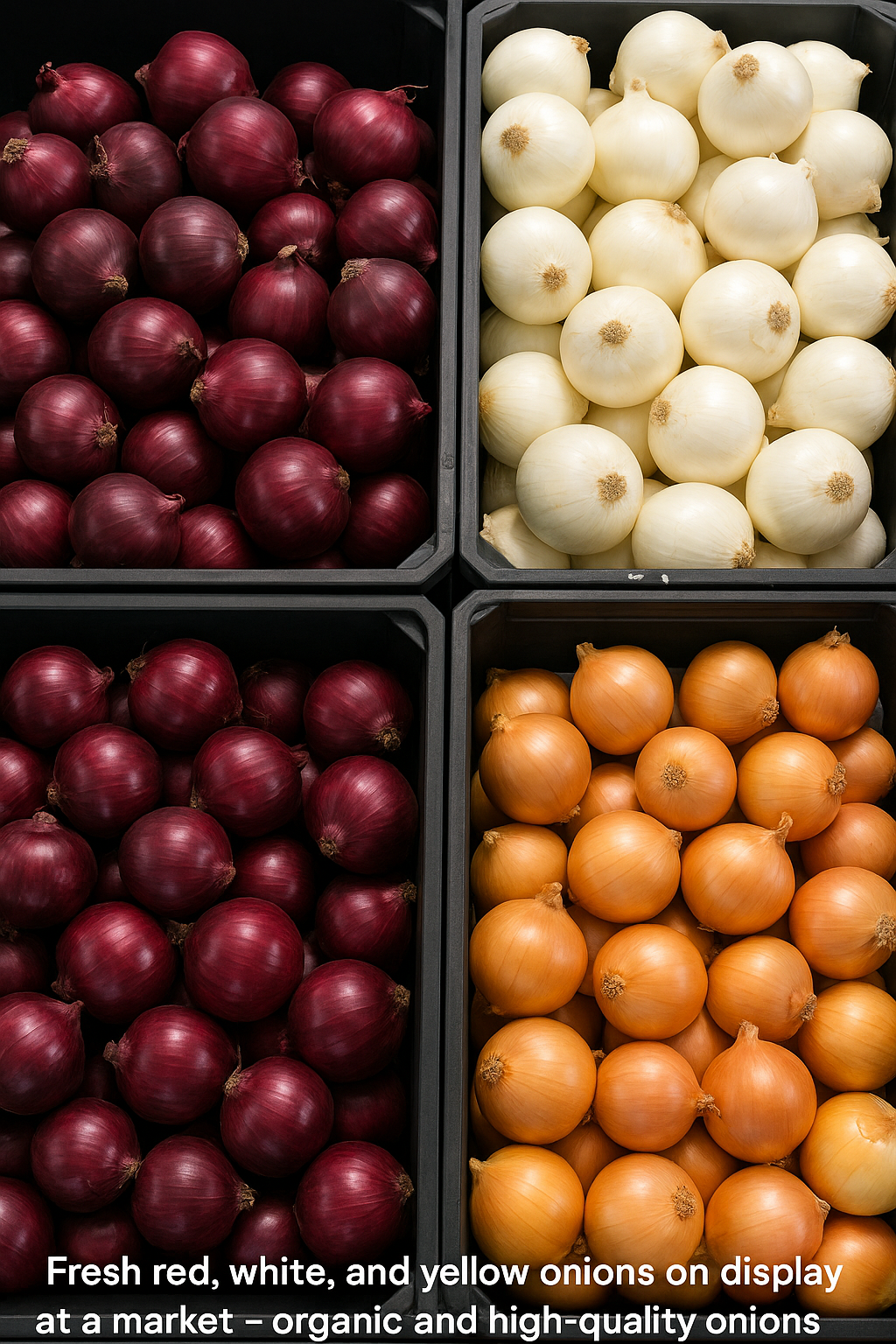
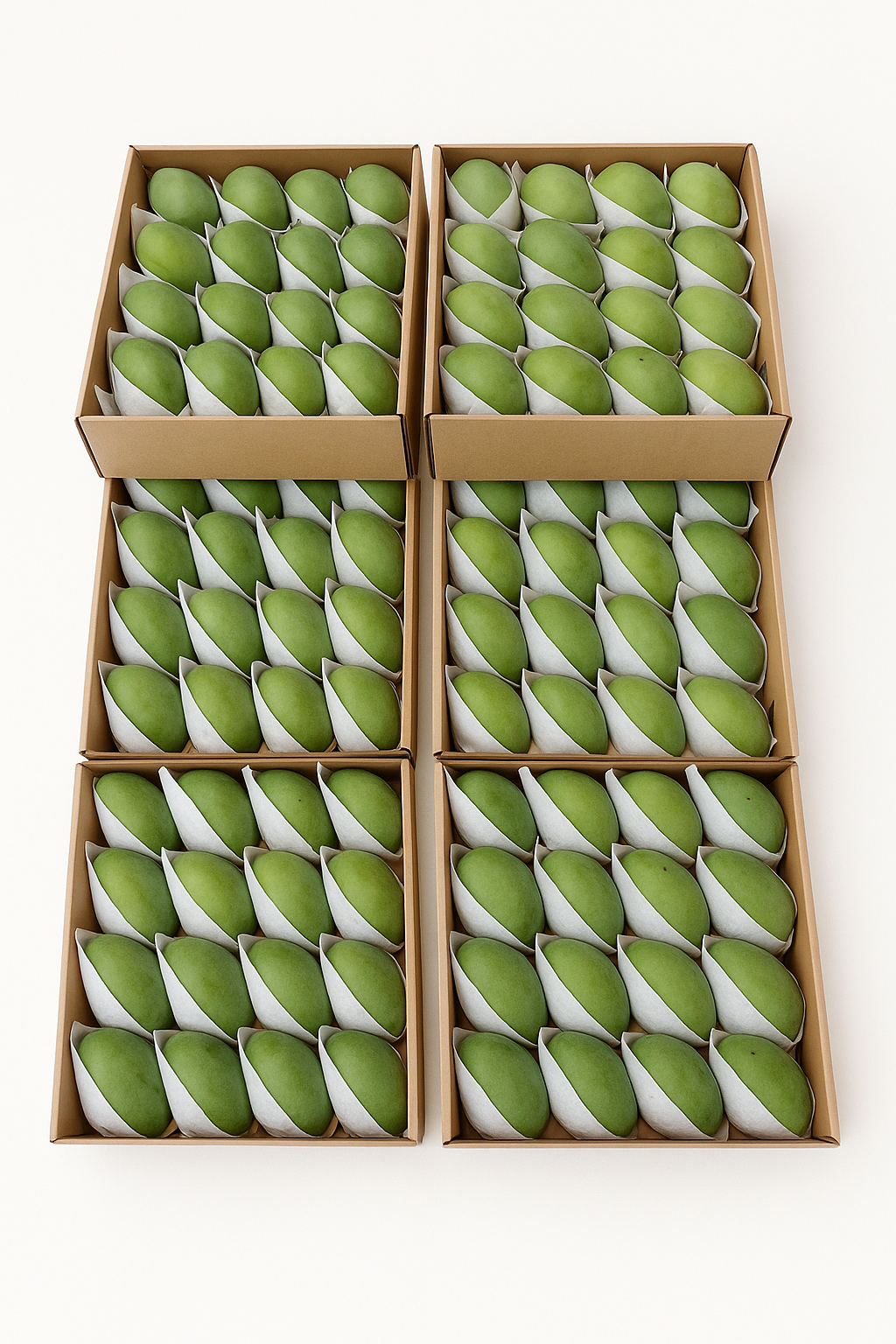
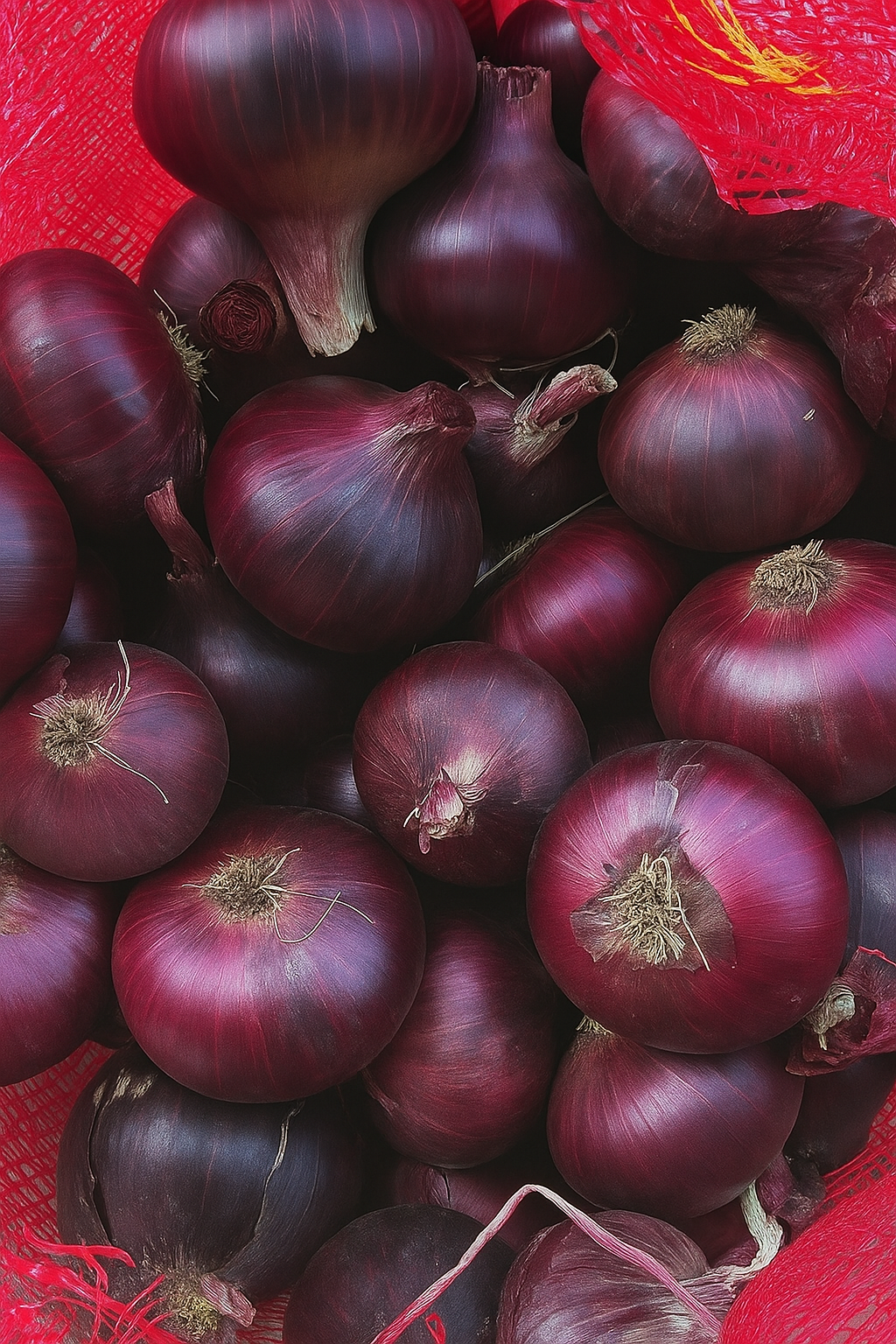
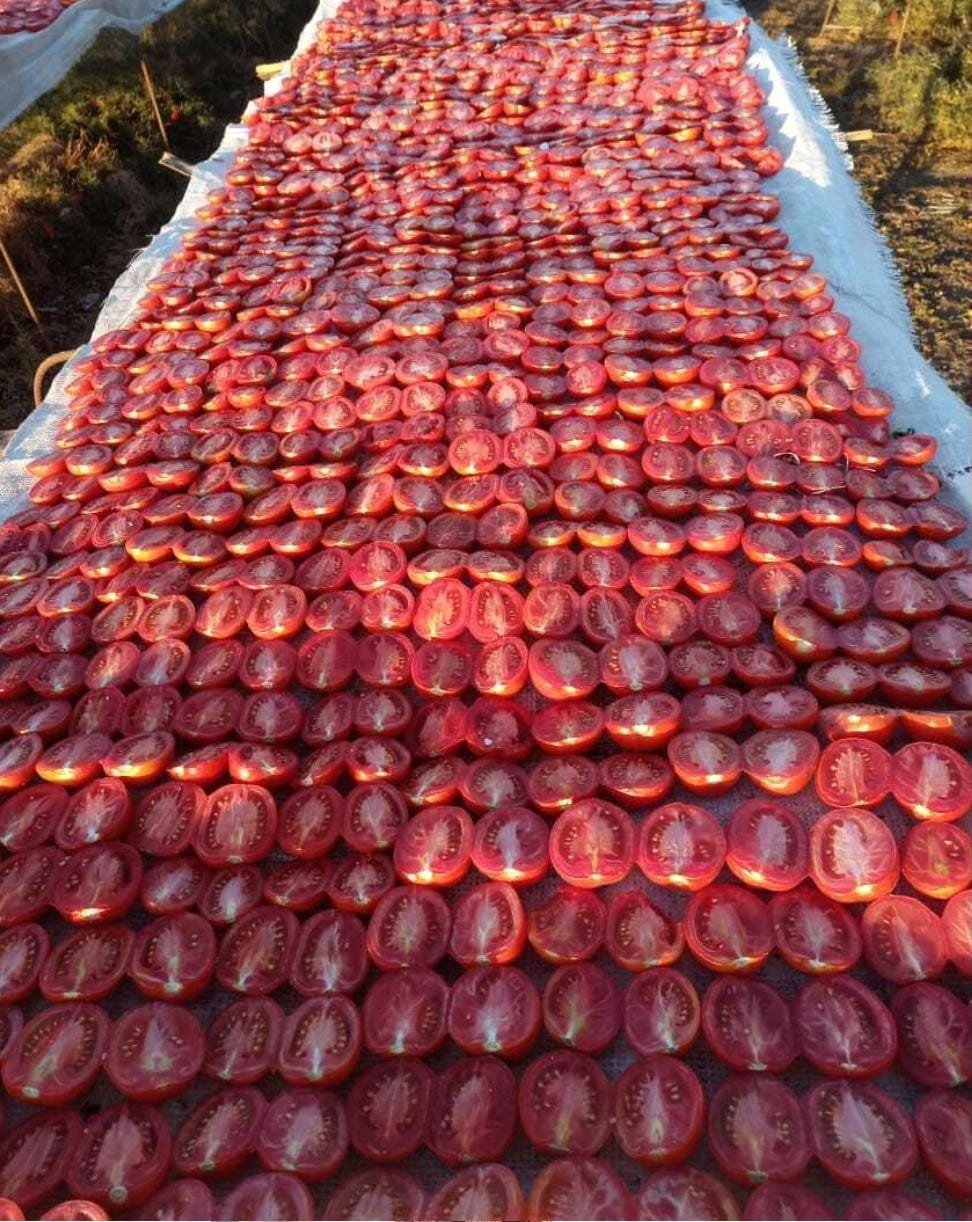


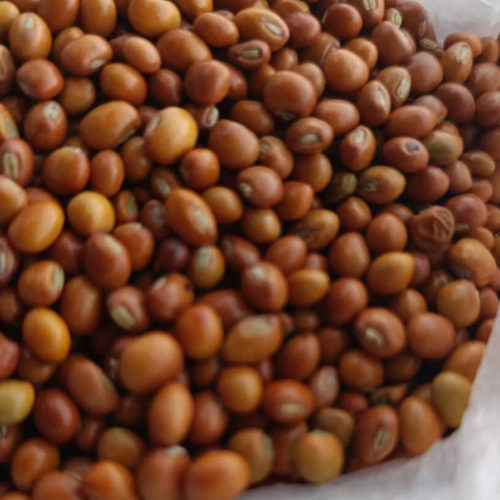


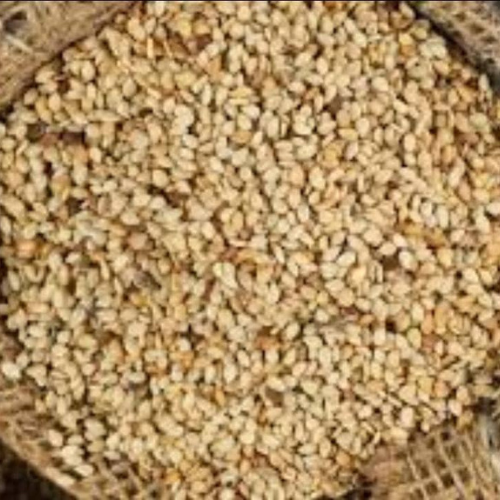
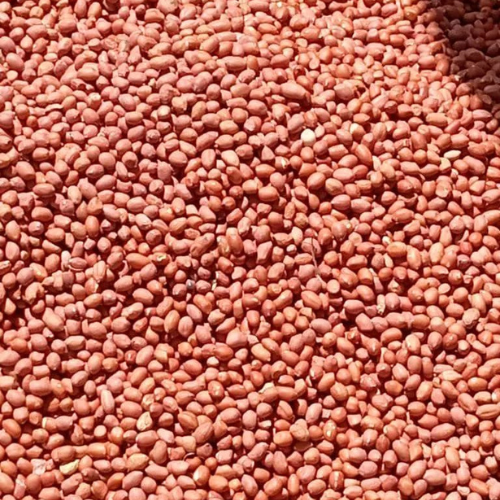
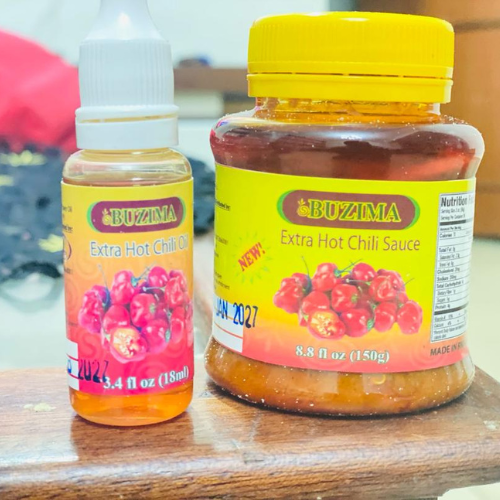
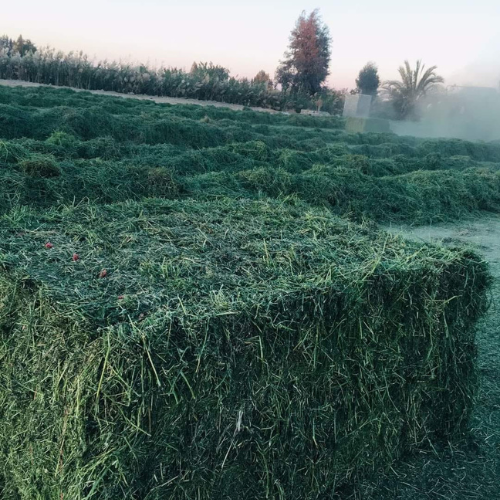
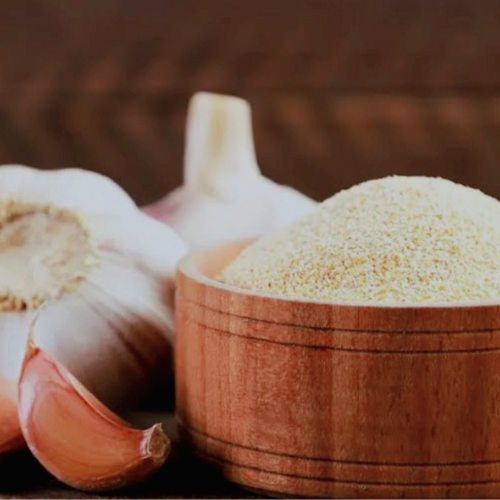
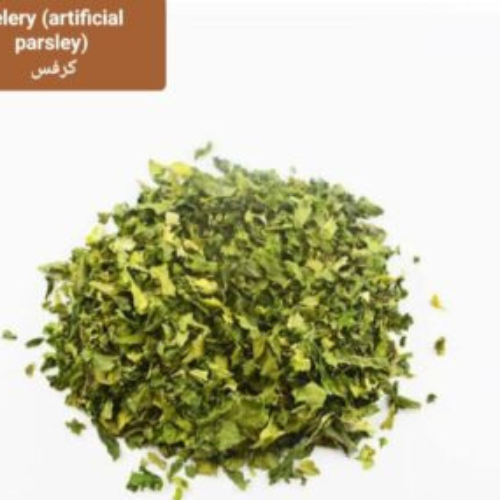
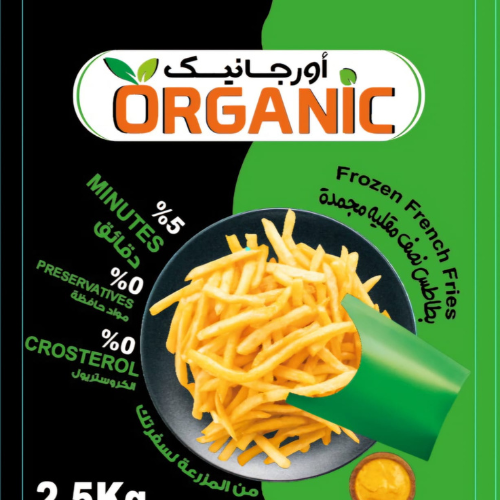
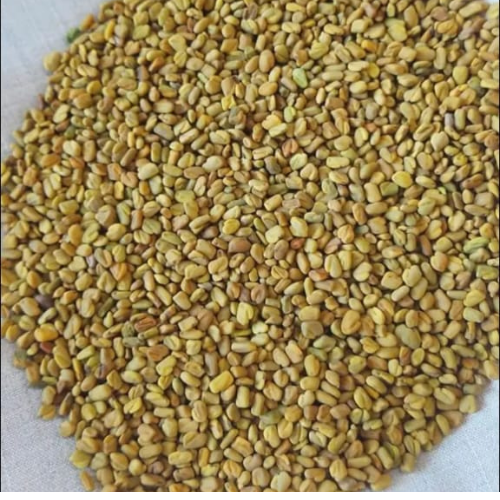
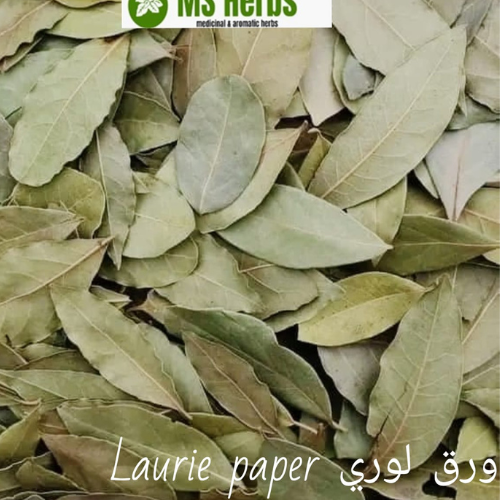
Reviews
There are no reviews yet.